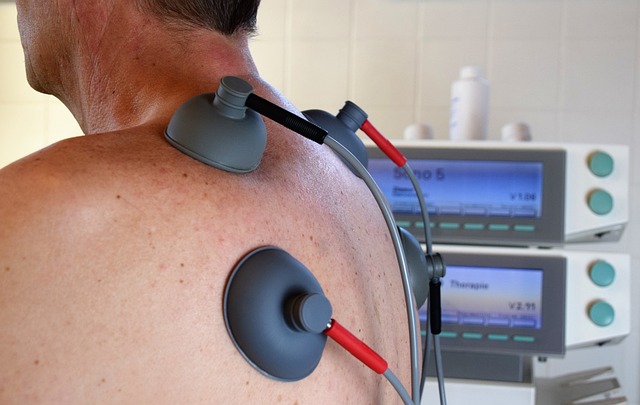Even before the pandemic, it was evident that blockchain technology was going to make a significant impact on the healthcare industry, including the supply chain. One study showed that the market for blockchain within the industry, worth $176.8 million in 2018, is expected to expand to $5.61 billion by 2025.
While that study took into account issues above and beyond supply chain concerns — data exchange foremost among them — it has since become clearer than ever that blockchain can address the latter, as COVID-19 has exacerbated existing supply-chain flaws.
Specifically, there were challenges in procuring personal protective equipment (PPE) and test kits early in the pandemic, when shutdowns led to a need to unearth new vendors and reallocate resources. But issues like transparency and documentation continued to be issues; nearly three of every four companies, across all sectors, reported that the pandemic had a negative impact on operations.
Blockchain — an immutable, decentralized digital ledger once associated primarily with cryptocurrency — would make it possible to track medications and devices throughout their journey from suppliers to healthcare facilities. That would not only increase efficiency, but also mitigate the possibility that counterfeit or outdated products would be circulated and facilitate feedback among all parties.
It is estimated that by 2025, the healthcare industry could save itself between $100 billion and $150 billion a year through blockchain adoption, when all things are considered, including the supply chain.
Perhaps the most obvious benefit is the immutability of the information captured. Transparency within each step of the transaction provides surety among participants and fosters a trusting relationship. This level of recorded information and transparency aids in the process of resolving disputes or working through order and delivery errors.
Despite the obvious benefits of secure encryption of healthcare transactions and monitoring the distribution and supply chain of prescription drugs, there are disadvantages to the current blockchain technology. Scalability is an important consideration for any effective business process. Maintaining blockchain databases is an efficient but time-consuming process. Gathering various pieces of information from multiple companies and locations simply takes more time to reconcile and validate. There is a higher cost associated with this level of security and accuracy. Healthcare blockchains are generally considered more secure if they are permissioned, which provides an added layer of scrutiny than publicly visible blockchain data.
Another concern is the astonishing rate with which counterfeit prescription drugs are hitting the marketplace. That trend not only endangers consumers, but costs pharmaceutical companies more than $200 billion annually. The toll is expected to increase, and secure blockchain transactions will be instrumental in reducing fraud by pinpointing and tracing the point of origin.
Permissioned healthcare blockchain technology could become the most recent example of the old adage of the cure becoming the disease. Securing the blockchain transactions through permissioned groups limits accessibility to a smaller group of individuals and eliminates some threat from public eyes.
The paradox created here is that smaller groups of people produce an opportunity for conspiracy to perpetuate ongoing fraud or create a new form of fraudulent activity. There are no easy answers to this conundrum, but blockchain tracing offers the best deterrent currently available.







